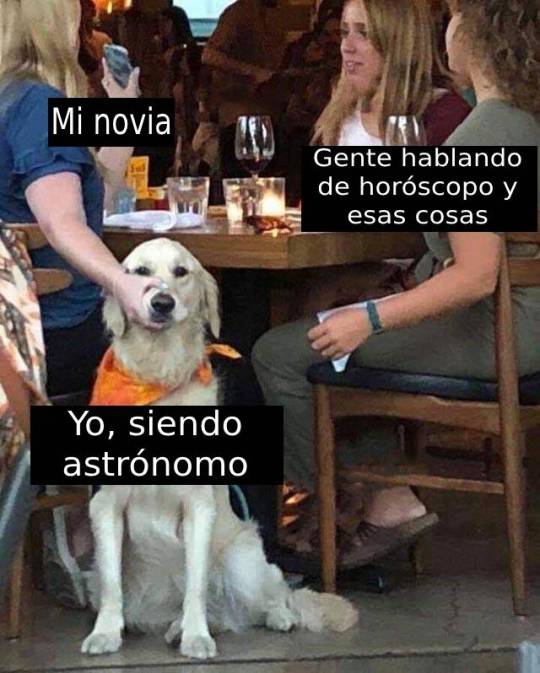#astronomia
Text
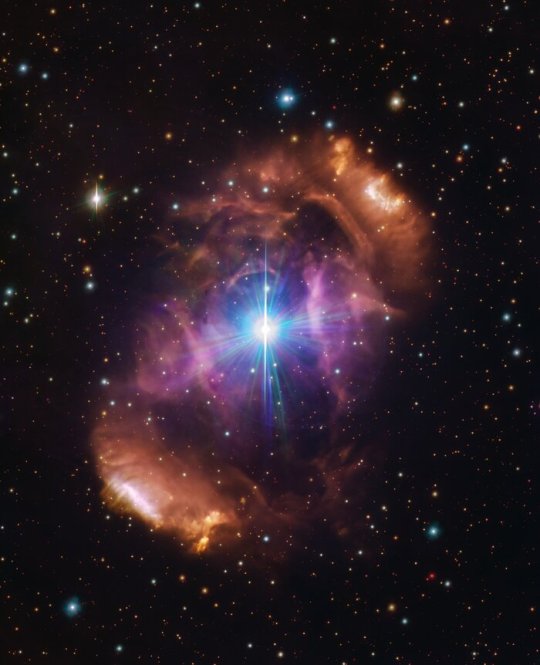
This image, taken with the VLT Survey Telescope hosted at ESO’s Paranal Observatory, shows the beautiful nebula NGC 6164/6165, also known as the Dragon’s Egg. The nebula is a cloud of gas and dust surrounding a pair of stars called HD 148937.
In a new study using ESO data, astronomers have shown that the two stars are unusually different from each other — one appears much younger and, unlike the other, is magnetic. Moreover, the nebula is significantly younger than either star at its heart, and is made up of gases normally found deep within a star and not on the outside. These clues together helped solve the mystery of the HD 148937 system — there were most likely three stars in the system until two of them clashed and merged, creating a new, larger and magnetic star. This violent event also created the spectacular nebula that now surrounds the remaining stars. Credit:
Credit: ESO
104 notes
·
View notes
Text

Supernova 'Cassiopeia A' (NIRCam) by JWST (James Webb Space Telescope)
🖤🖤🖤
#Cassiopeia A#JWST#James Webb#James Webb Station Telescope#supernova#nebula#astronomy#sky#universe#cosmos#cosmic fields#stars#astrophysics#astrofísica#astronomia#universo#nature#natureza#nebulosa#light#energy#darkness#depths#mood#🖤
316 notes
·
View notes
Text

Moon Enhanced !
Our Moon doesn't really look like this. Earth's Moon, Luna, doesn't naturally show this rich texture, and its colors are more subtle. But this digital creation is based on reality.
The featured image is a composite of multiple images and enhanced to bring up real surface features. The enhancements, for example, show more clearly craters that illustrate the tremendous bombardment our Moon has been through during its 4.6-billion-year history. The dark areas, called maria, have fewer craters and were once seas of molten lava.
Additionally, the image colors, although based on the moon's real composition, are changed and exaggerated. Here, a blue hue indicates a region that is iron rich, while orange indicates a slight excess of aluminum.
Although the Moon has shown the same side to the Earth for billions of years, modern technology is allowing humanity to learn much more about it -- and how it affects the Earth.
Image Credit & Copyright: Darya Kawa Mirza,
Words: Nasa
#art#cosmos#cosmic#universe#blast#space#photography#moon#luna#texture#maria#darya kawa mirza#nasa#astronomia
165 notes
·
View notes
Text
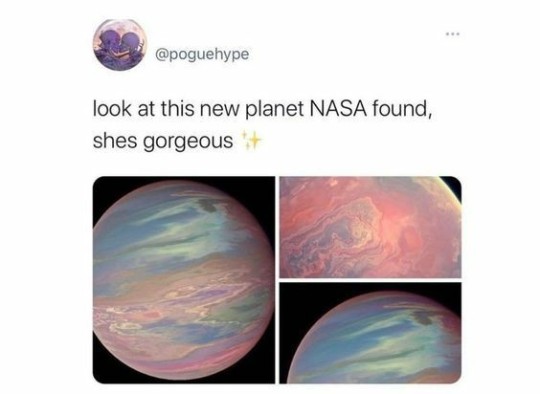
#space#space travel#space exploration#outer space#deep space#space and astronomy#astronaut#astrophotography#astrophysics#astrology#astronomia#astro observations#astronauts#astro notes#astronews#astronomers#astronomy#astronomy photography#pink#a e s t h e t i c#nature photography#photography#planets#nasa
54 notes
·
View notes
Text
A pesar de orbitar cerca del mismo planeta, jamás podremos estar juntos, a pesar de estar en el mismo sistema planetario, jamás estaremos cerca, somos tan cercanos y al mismo tiempo tan lejanos, aunque yo quiera cambiar de órbita por ti, jamás me lo permitirás, porque tú eres la estrella y yo un planeta.
-Astronomía-
-K.
408 notes
·
View notes
Text
Miało być lepiej. I co? I gówno
#astronomia#az do kosci#bede motylkiem#bojack horseman#chce byc lekka jak motylek#chude jest piękne#jestem gruba#nie chce być gruba
22 notes
·
View notes
Text

La Luna capturada hace 54 años. Es una foto del piloto del módulo de mando del Apolo 12 Richard F. Gordon. 1969.
49 notes
·
View notes
Text
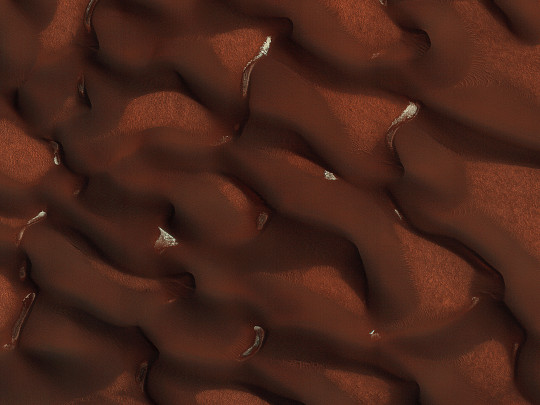
fresh ice on Mars dunes.
photo from the Mars Reconnaissance Orbiter, from NASA
#NASA#Mars#space#astronomy#dunes#ice#winter#martians#martian landscape#ice dunes#nature#natura#Marte#astronomia
25 notes
·
View notes
Text

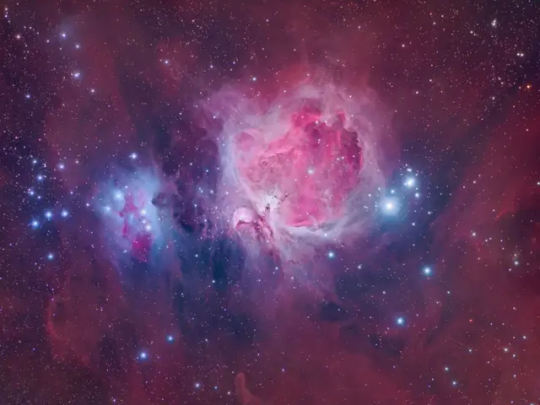
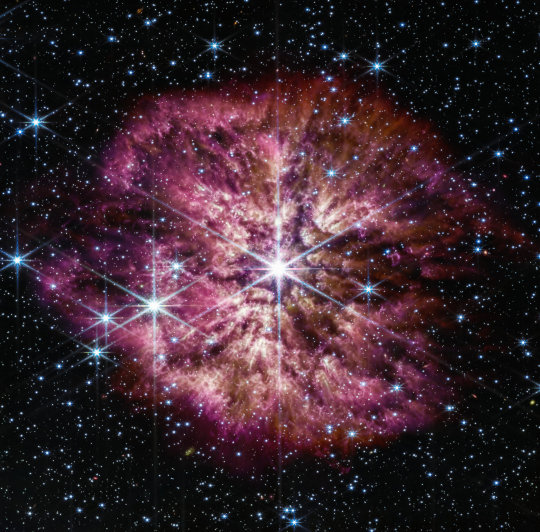

The color pink in the Universe
34 notes
·
View notes
Text
Carbon dioxide ice was just found on the surface of Jupiter’s moon Europa, here is what that could mean.
#astronomy#astrophysics#physics#women in stem#my writing#science#space#james webb space telescope#astrophotography#jwst#astronomia
50 notes
·
View notes
Text
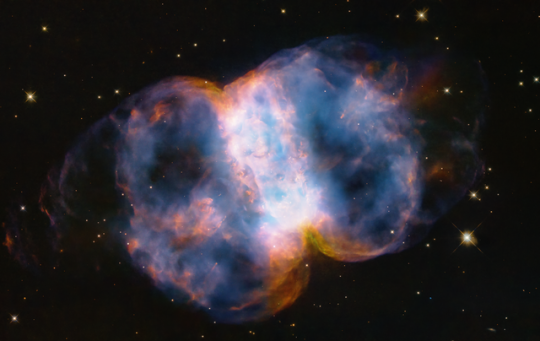
In celebration of the 34th anniversary of the launch of NASA’s legendary Hubble Space Telescope, astronomers took a snapshot of the Little Dumbbell Nebula, also known as Messier 76, or M76, located 3,400 light-years away in the northern circumpolar constellation Perseus.
Credit: NASA, ESA, STScI
70 notes
·
View notes
Text
La prima costellazione
Tiro fuori la macchina dal garage, Tigrotto guarda il cielo stellato e mi dice: «La cintura di Orione! Papà guarda le tre stelle in fila!» e grida tutto contento.
Alzo gli occhi al cielo e stupito osservo la costellazione che lui indica tutto contento.
È la costellazione di Orione, effettivamente e lui l’ha riconosciuta.
«Papà è la mia prima costellazione!»
«Sì è vero, è la tua prima costellazione la prima che hai riconosciuto».
#la mia vita con tigrotto#vita con tigrotto#costellazioni#astronomia#tigrotto impara#tigrotto conosce#tigrotto#la bellezza dei bambini
42 notes
·
View notes
Text
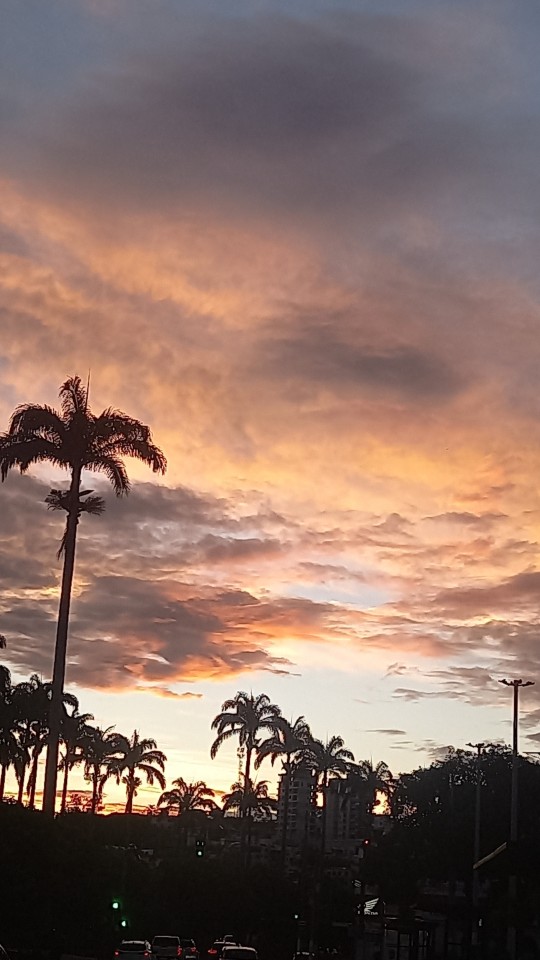

•Sunset • Minas Gerais • Brasil •
20 notes
·
View notes
Text

#astroids#astronomers#astrology#astrophotography#astrophysics#astro notes#astro observations#astronauts#astronews#astronomia#astronomy#space and astronomy#space art#space exploration#outer space#space#stars#star#galaxy
33 notes
·
View notes
Text
«Sul finire del Sedicesimo secolo la volta celeste si alzava, come la vediamo noi ancora oggi, non di venti metri come nel planetario, ma circa a non più di trenta chilometri sopra di noi, come un’inflessibile costruzione. Sopra questa fortezza celesta troneggiava il malefico Dio, la cui vista penetrava in tutti gli errori degli uomini, che puniva senza pietà con la guerra, la peste, gli incendi. La volta celeste, che sosteneva i palazzi e i giardini di Dio, cingeva come un guscio d’uovo la Terra liberamente sospesa nel vuoto.
«A questo punto entrò in scena Giordano Bruno e ruppe il guscio dell’uovo cosmico aprendo lo sguardo meravigliato e felice dell’umanità sull’infinità dello spazio. Le stelle fisse non erano più i bottoni dorati inchiodati all’immobile parete celeste, ma divennero barche dorate che si muovevano liberamente nell’etere a grande distanza le une dalle altre. Tutta la magnificenza dei palazzi divini si era volatilizzata. Se fossi un grande artista come lei», disse lo zoologo volgendosi ora al pittore, «progetterei un affresco imponente che, come contraltare del Giudizio Universale di Michelangelo, raffiguri Giordano Bruno sul rogo. Ma le fiamme, che devono bruciarlo, salgono verso il cielo e incendiano la volta celeste come fosse una misera quinta teatrale. Si vedrebbero quindi la città di Dio con i suoi opulenti palazzi crollare, dissolvendosi nel fumo e nella cenere, e insieme ad essi cadrebbero vittime dell’eterna distruzione angeli e santi. In lontananza, le stelle dell’Orsa Maggiore, come sfere luminose, apparirebbero in segno di vittoria.»
Jakob von Uexküll, L'immortale spirito nella natura, traduzione dal tedesco di Nicola Zippel, Castelvecchi (collana I Timoni), 2014. [Libro elettronico]
[Edizione originale: Der unsterbliche Geist in der Natur, Christian Wegner Verlag, Hamburg; testo pubblicato in tre parti fra il 1938 ed il 1947]
#libri#letture#leggere#saggi#saggistica#Giordano Bruno#Jakob von Uexküll#scienza#scienze#conoscienza#biologia#libertà di pensiero#Nicola Zippel#astronomia#teologia#atei#libero pensiero#ateismo#etologia#ecologia#agnosticismo#libertà di parola#agnostici#umwelt#ambiente#percezione#filosofi#filosofia#fenomenologia#semiotica
12 notes
·
View notes
